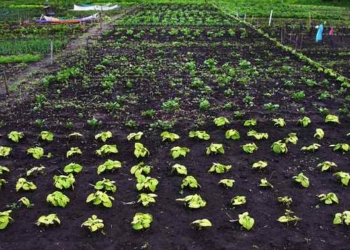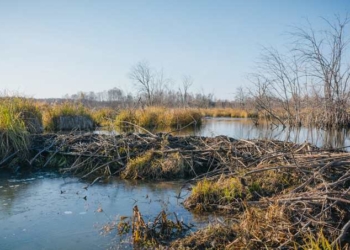
A recent survey by Dodge Data & Analytics and NAHB found that more than 30% of single-family home builders report 50% of their projects are green, according to Constructech. Green buildings have become a popular choice for aspiring homeowners, and it's easy to see why. Eco-friendly homes can help you save money because they are energy efficient and require minimal maintenance.
Since green homes are designed following resource-efficient and environmentally friendly processes, they reduce your carbon footprint. They also improve the quality of indoor air, which is crucial for promoting better health. Not to mention, the unique aesthetics of eco-homes sets them apart from other home designs. If you're looking for more ways to make your space sustainable, here are inspiring tips to help you get started on designing your eco-friendly home.
Design A Reasonably Sized Home
When developing a sustainable design for your green home, opt for a small-sized house plan. Building a smaller home is beneficial in terms of cost savings and protecting the environment. A small home requires less energy to cool and heat. It also needs fewer construction materials, which translates to decreased demand for raw materials. However, constructing tiny homes does not mean sacrificing comfort. The idea is to reduce the national average square footage per person slightly to ensure you use space wisely. You also need to maintain maximum comfort, attractive designs, and functionality.
Understand That Building Orientation Matters
Orientation matters a lot when designing eco-friendly buildings. You want to make sure your home's heating requirements are reduced by at least 25% and at the same time avoid overheating. Before construction begins, take time to evaluate the positioning of your home. Think about which direction the door should face and the placement of windows. However, without any experience in construction, making the right decisions can be challenging. This is why it is necessary to work with custom home contractors. Experienced builders will give you insights into how your home should be positioned depending on your region's climate.
For instance, experts recommend placing large windows on the northern side if you live in areas with hot temperatures. That way, you can maximize the flow of cool air and natural light. For cool climates, windows on the north side should be small to reduce heat loss. On the southern side, ensure the windows are large to allow extra sunlight in the house.
Use Sustainable Construction Materials
If you're keen to embrace green homes and living, choose building materials for environmentally friendly houses. In the past, wood was the standard material for sustainable buildings. But the increased concern about illegal logging makes steel and aluminum perfect options. Brick, cement, bamboo, cork, and glass are other raw materials that make your home eco-friendly. Also, use LED lighting fixtures, recycled tiles, repurposed aluminum and steel, and non-toxic paint to enhance your home's aesthetics.
Designing eco-friendly homes isn't as difficult as it seems. The first thing you should do is access the site's condition. Be sure your construction lot provides solar access, water, air, and garden space. Next, evaluate small house plans and choose one that promises sustainability and comfort. Also, check your home's positioning, use sustainable building materials, and decorate with eco-friendly elements.















